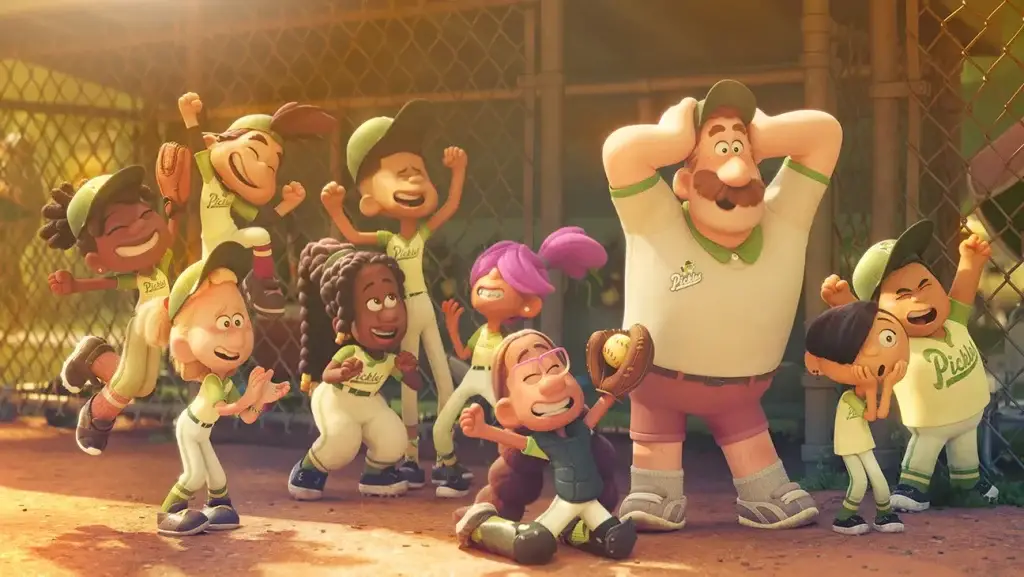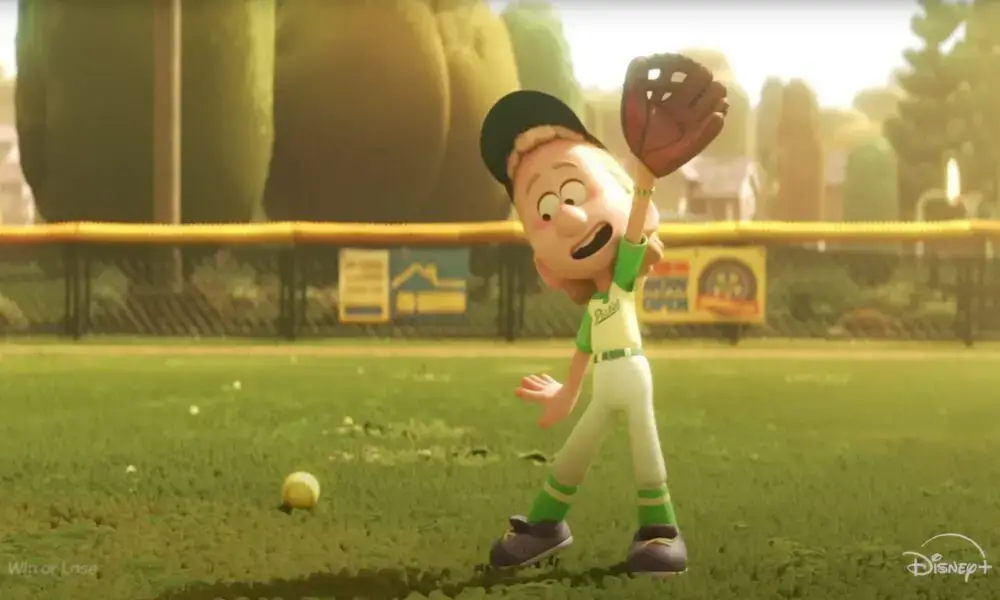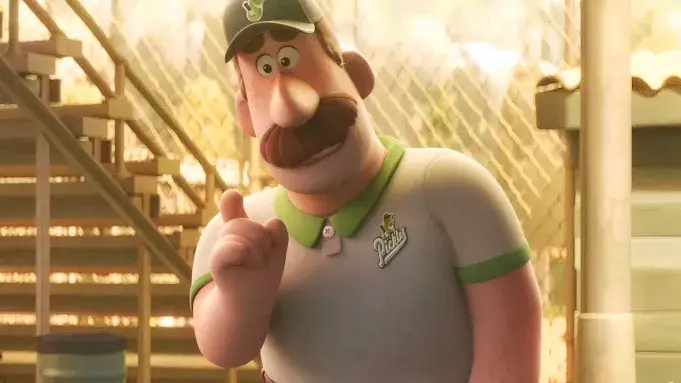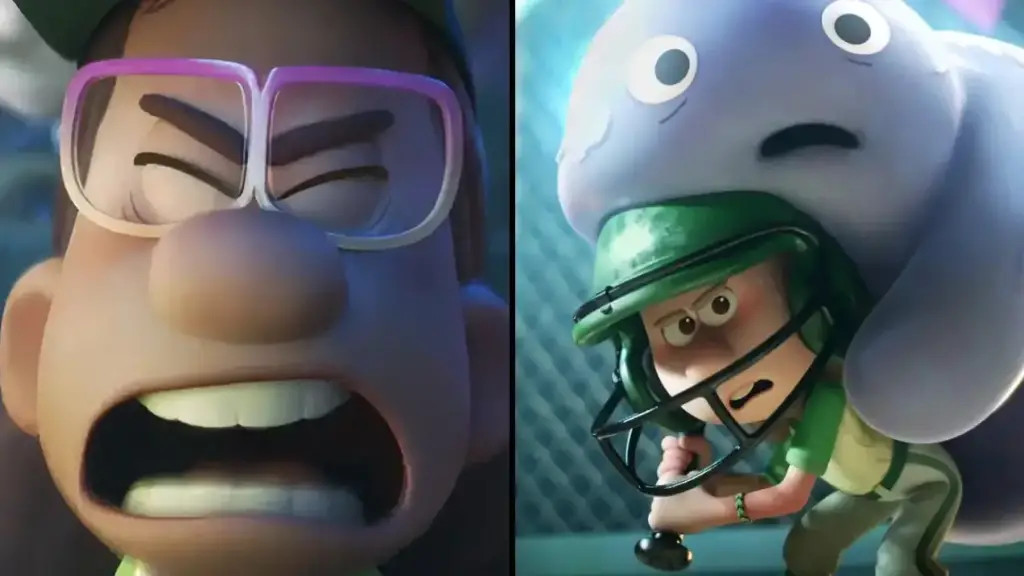Disney has found itself at the center of controversy once again after cutting a transgender storyline from its highly anticipated animated series before the show’s official release.
The series, developed by Pixar, a Disney-owned studio, tells the story of a middle school co-ed softball team called the Pickles, as they prepare for their championship game. Scheduled to premiere on Disney+ on February 19, the show consists of eight episodes, with each installment focusing on a different member of the team, allowing viewers to connect with the individual struggles and triumphs of its young characters.
While the character originally set to feature in the gender identity storyline will still be part of the series, reports indicate that the specific plot addressing trans identity has been entirely removed. According to a source close to the production, this decision was made months ago—despite the dialogue for the scenes having already been recorded.

Disney’s Official Response Sparks Debate
In response to the controversy, Disney issued a statement defending its choice to remove the storyline.
“When it comes to animated content for a younger audience, we recognize that many parents would prefer to discuss certain subjects with their children on their own terms and timeline,” the company said in a statement to CNN.
However, this explanation has not convinced everyone. Many believe that Disney’s decision is politically motivated, especially given the recent reelection of former President Donald Trump, whose administration has been vocal in its opposition to diversity, equity, and inclusion (DEI) initiatives.
With several major corporations re-evaluating their DEI commitments, some speculate that Disney’s move signals an effort to distance itself from progressive storytelling, opting instead for a more neutral stance.

Disney CEO Bob Iger’s Comments on ‘Woke’ Culture
While Disney has remained tight-lipped about whether politics played a role in the decision, CEO Bob Iger has previously addressed the company’s approach to social messaging in entertainment.
Speaking to CNBC earlier this year, Iger stated:
“The term ‘woke’ is thrown around rather liberally. I think a lot of people don’t even understand really what it means. The bottom line is that infusing messaging as a sort of number one priority in our films and TV shows is not what we’re up to. They need to be entertaining.”
Iger has continuously emphasized that Disney’s primary mission is storytelling, not activism. However, the removal of the trans storyline has reignited debates about whether the company is backtracking on its previous commitments to representation.

Public Reactions: A Divided Audience
Disney’s decision has polarized audiences, with reactions falling into two distinct camps—those who support the move and those who see it as a regressive step away from inclusivity.
Many parents have applauded the decision, arguing that sensitive topics such as gender identity should be handled at home rather than introduced through children’s programming.
One social media user expressed gratitude, saying:
“As a parent, I appreciate that Disney is leaving these conversations to families instead of pushing an agenda.”
Another echoed the sentiment:
“It’s refreshing to see Disney return to just making fun and entertaining shows without unnecessary social messaging.”
However, critics have accused Disney of caving to conservative pressure, arguing that representation matters—especially for young audiences who may be navigating their own identities.
One frustrated viewer wrote:
“Disney is sending a harmful message by erasing this storyline. It tells trans kids that their stories aren’t worth telling.”
Another commenter speculated about the impact on the creative team, saying:
“Imagine being an artist or writer who worked hard on this storyline, only to have it erased. It must be devastating.”
Others pointed out that Disney’s stance on LGBTQ+ representation has historically been inconsistent, leading to speculation about how committed the company truly is to diversity and inclusion.
Disney’s History with LGBTQ+ Representation
This is far from the first time Disney has faced controversy regarding LGBTQ+ themes in its projects.
In 2022, Pixar’s Lightyear, a Toy Story spinoff, initially faced internal pushback over a same-sex kiss between two female characters. The scene was eventually restored, but the film was still banned in more than a dozen countries, leading to global discussions about censorship and representation in media.
Disney has also supported LGBTQ+ stories in adult-oriented content, such as FX’s Pose and Marvel’s Agatha: Coven of Chaos, but has been less consistent when it comes to family-oriented programming.
The ‘Don’t Say Gay’ Controversy and Disney’s Political Struggles
In 2022, Disney found itself at the center of a political firestorm following Florida’s introduction of the “Don’t Say Gay” law, which restricts discussions of sexual orientation and gender identity in elementary school classrooms.
Initially, Disney remained silent, drawing criticism from LGBTQ+ advocates and employees. However, after significant backlash, the company issued a statement opposing the legislation, leading to a high-profile feud with Florida Governor Ron DeSantis.
Disney’s public stance on LGBTQ+ rights has fluctuated depending on external pressures, and its latest move to remove the trans storyline has only deepened concerns that it may be backpedaling on its promises of inclusivity.

What’s Next for Disney?
As Disney navigates these ongoing challenges, the entertainment giant continues to reiterate its focus on storytelling rather than political messaging.
Speaking at last year’s DealBook Summit, Iger emphasized:
“When I came back, what I’ve really tried to do is to return to our roots — which is, remember, we have to entertain first: it’s not about messages.”
However, despite Iger’s statements, the removal of the trans storyline from Win or Lose has sparked an industry-wide debate on whether corporations should prioritize creative freedom or audience expectations.
For now, audiences will have to wait and see whether Disney’s approach to representation in children’s content continues to evolve—or whether this decision marks a permanent shift in the company’s strategy.